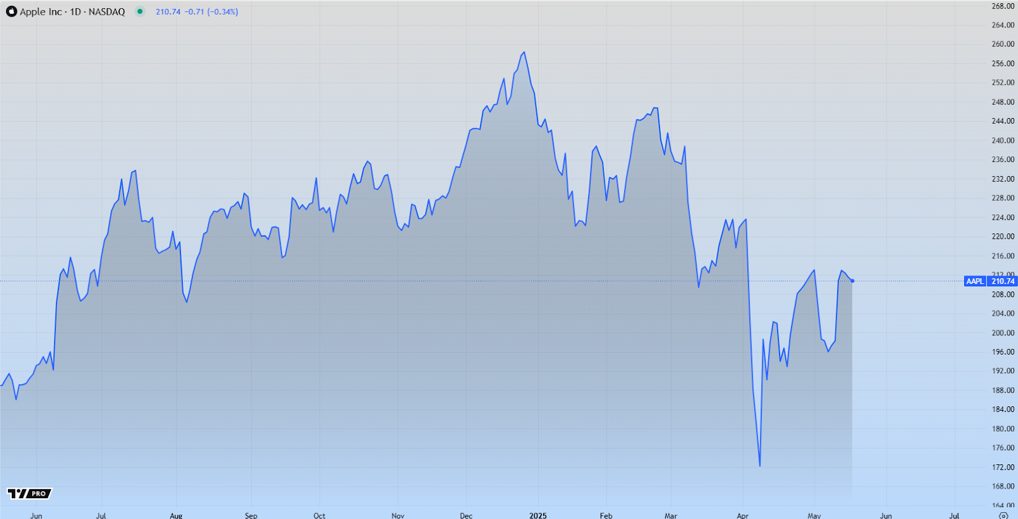Businesses are increasingly recognizing the importance of flexible data integration to leverage the full potential of their data assets. Flexible data integration refers to the ability to seamlessly connect, transform, and manage data from disparate sources, enabling organizations to derive valuable insights and make informed decisions. This approach offers the agility and scalability required to adapt to ever-evolving business needs and technological advancements.
The Importance of Flexibility
Flexibility lies at the core of successful data integration strategies. As businesses accumulate vast amounts of data from various sources such as social media, IoT devices, and enterprise applications, the ability to integrate and analyze this data efficiently becomes paramount. Flexible data integration empowers organizations to overcome silos and integrate data from diverse sources in real-time, enabling a comprehensive view of operations and customer interactions.

Adapting to Dynamic Requirements
One of the key advantages of flexible data integration is its ability to adapt to changing business requirements and data formats. Whether it’s integrating structured data from traditional databases or unstructured data from sources like emails and documents, a flexible approach allows organizations to accommodate new data sources and formats seamlessly. This adaptability is crucial in today’s fast-paced business environment, where agility and responsiveness can make the difference between success and stagnation.
Enabling Data Quality and Governance
Effective data integration goes beyond just connecting data sources; it also encompasses ensuring data quality and governance. Flexible data integration solutions incorporate mechanisms for data cleansing, validation, and enrichment, ensuring that the insights derived are accurate and reliable. Moreover, by establishing governance policies and data lineage tracking, organizations can maintain compliance with regulations such as GDPR and HIPAA, safeguarding sensitive information and maintaining trust with stakeholders.
Driving Innovation and Competitive Advantage
By breaking down data silos and enabling seamless access to information across the organization, flexible data integration fuels innovation and drives competitive advantage. Businesses can uncover new patterns, trends, and correlations within their data, leading to valuable insights that inform strategic decision-making and product development. Moreover, by leveraging advanced analytics and machine learning techniques on integrated datasets, organizations can unlock new opportunities for revenue growth and operational efficiency.
Embracing Scalability and Cost-Efficiency
Another significant benefit of flexible data integration is its scalability and cost-efficiency. Traditional data integration approaches often require substantial investments in hardware and infrastructure to handle increasing data volumes. In contrast, flexible data integration solutions leverage cloud-based technologies and scalable architectures, allowing organizations to scale resources up or down based on demand. This scalability not only reduces upfront capital expenditures but also enables businesses to adapt to fluctuations in data processing requirements more effectively.
Empowering Self-Service Analytics
Flexible data integration empowers users across the organization to perform self-service analytics, democratizing access to data insights. With intuitive data integration tools and self-service platforms, business users can access, transform, and analyze data without relying on IT or data engineering teams. This democratization of data enables faster decision-making and fosters a culture of data-driven innovation throughout the organization. Moreover, by reducing the dependency on specialized skills, organizations can maximize the value of their data assets and accelerate time-to-insight.
Addressing Complex Data Integration Challenges
While the benefits of flexible data integration are undeniable, organizations must also address complex challenges such as data security, privacy, and interoperability. Robust security measures, including encryption, access controls, and data masking, are essential to protect sensitive information throughout the integration process. Furthermore, ensuring interoperability between different systems and data formats requires careful planning and standardization efforts. By addressing these challenges proactively, organizations can fully leverage the power of flexible data integration while mitigating potential risks and vulnerabilities.
Continuous Improvement and Iteration
Flexible data integration is not a one-time endeavor but rather an ongoing process of continuous improvement and iteration. As business needs evolve and new technologies emerge, organizations must continuously refine their data integration strategies to stay ahead of the curve. This iterative approach allows businesses to adapt to changing market dynamics, incorporate feedback from stakeholders, and leverage emerging technologies such as artificial intelligence and machine learning to enhance data integration capabilities further. By embracing a culture of continuous improvement, organizations can ensure that their data integration processes remain agile, efficient, and aligned with business objectives.
Collaboration and Partnership
Successful data integration initiatives often require collaboration and partnership across departments, teams, and external stakeholders. IT departments, data engineers, business analysts, and domain experts must work together closely to identify data integration requirements, design robust architectures, and implement scalable solutions. Moreover, partnering with external vendors, cloud service providers, and industry experts can provide organizations with access to specialized expertise, cutting-edge technologies, and best practices in data integration. By fostering collaboration and partnership, organizations can leverage collective knowledge and resources to achieve their data integration goals effectively.
Embracing the Power of Flexibility
In conclusion, flexible data integration is essential for organizations looking to harness the full potential of their data assets in today’s digital landscape. By adopting a flexible approach to data integration, businesses can break down silos, adapt to changing requirements, ensure data quality and governance, and drive innovation. As data continues to grow in volume and complexity, the ability to integrate and analyze it effectively will be a critical determinant of success. By embracing flexible data integration strategies, organizations can position themselves for sustained growth and competitiveness in the years to come.





